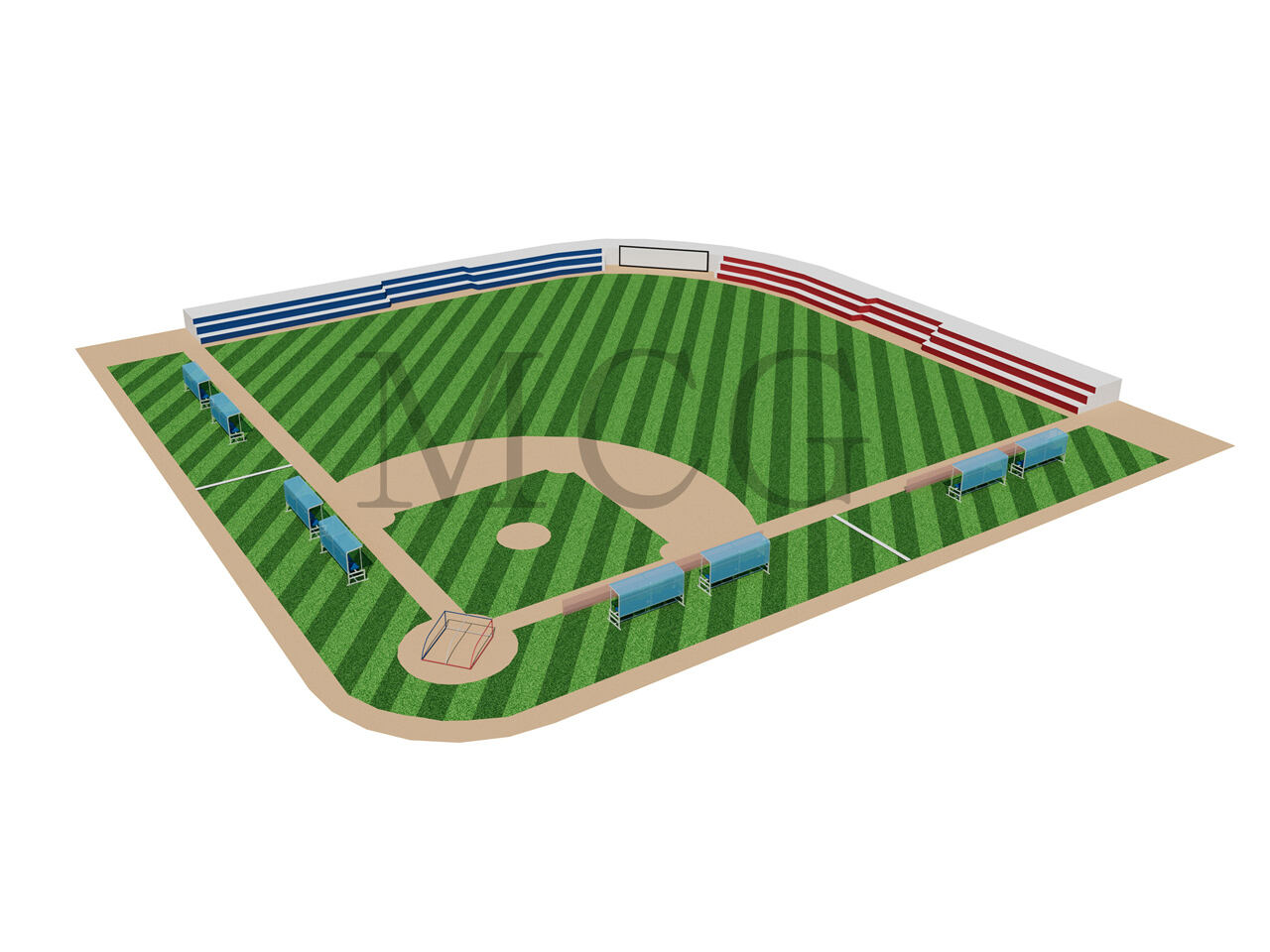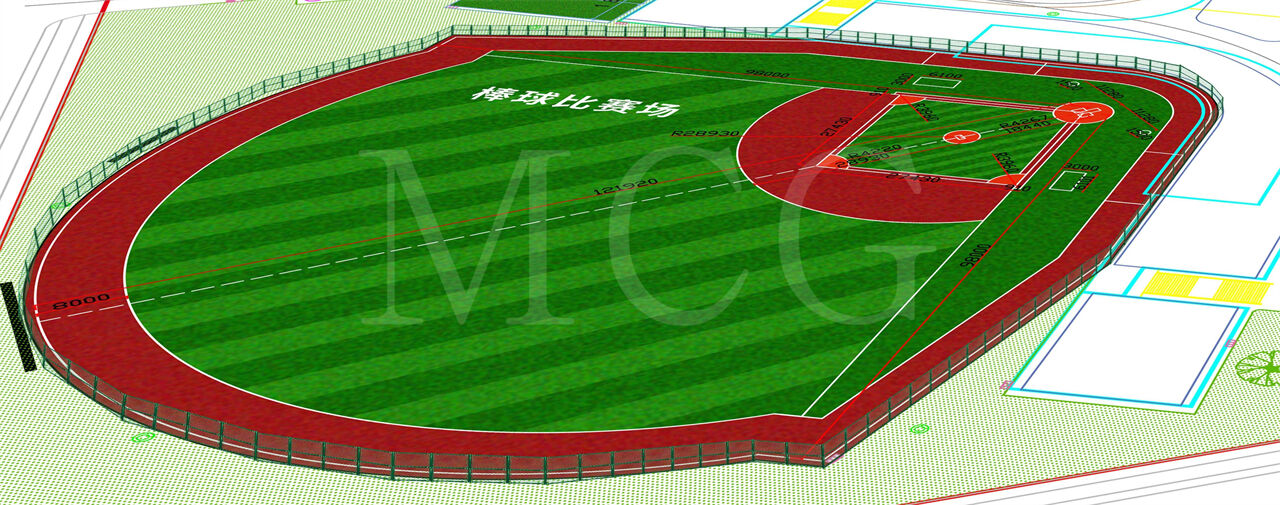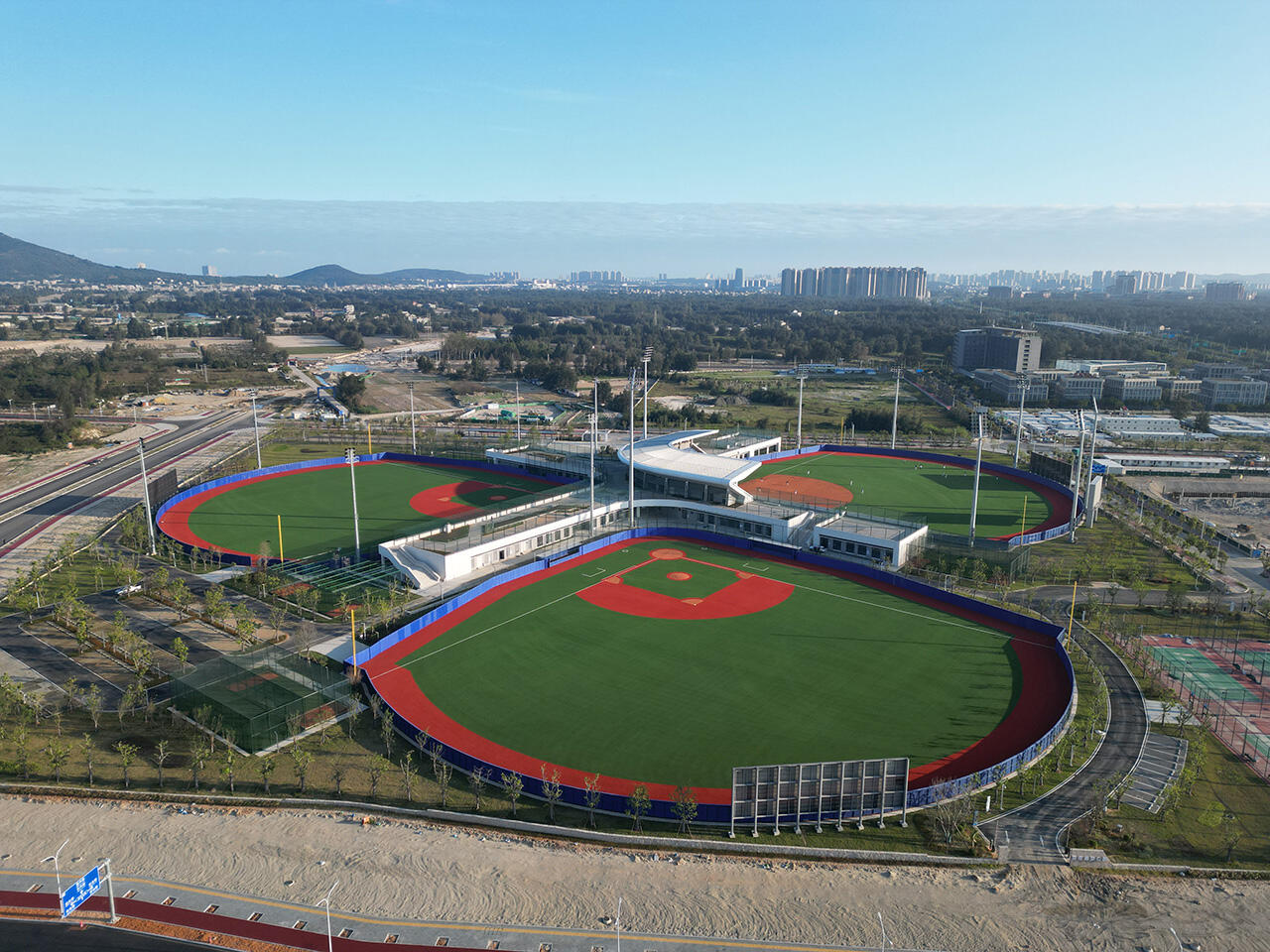1. Home Plate and Bases Home Plate: A 5-sided white rubber slab (17 inches front, 8.5 inches sides, 11 inches back edges). Bases: First, second, and third base are 18-inch square cushions. Fair/Foul Rule: Any ball touching a base is automatically fai...
1. Home Plate and Bases
Home Plate: A 5-sided white rubber slab (17 inches front, 8.5 inches sides, 11 inches back edges).
Bases: First, second, and third base are 18-inch square cushions.
Fair/Foul Rule: Any ball touching a base is automatically fair.

2. Infield and Diamond Layout
90-Foot Square: Distance between bases (actual running distance is about 88 feet).
Pitchers Mound:
60 feet 6 inches from home plate.
Maximum height of 10 inches (lowered from 15 inches in 1969 to favor hitters).
Batters Box: 4 feet by 6 feet, chalk-lined, with right- and left-handed versions.
3. Outfield and Boundaries
Foul Poles: Mark fair and home run territory; must be at least 325 feet down the lines.
Warning Track: Dirt or gravel strip before the outfield wall (helps fielders judge distance).
Outfield Wall: Varies by stadium (e.g., Fenways Green Monster, Wrigleys ivy-covered brick).

4. Player Areas
Bullpen: Where pitchers warm up (location varies by ballpark).
On-Deck Circles: Where the next batter prepares.
Coachs Boxes: Designated spots for first and third base coaches.
5. Historical Evolution
Pitching Distance: Changed from 45 feet (1870s) to 60 feet 6 inches (1893).
Home Plate: Evolved from iron circle (1857) to 12-inch square (1868) to modern pentagon (1900).
Mound Height: Lowered from 15 inches to 10 inches in 1969 after Year of the Pitcher.

6. Unique Features
Hot Corner: Nickname for third base due to hard-hit right-handed pulls.
Double First Base: Used in youth leagues (orange safety bag in foul territory).
Grass Line: Visual aid separating infield dirt from outfield grass.
7. Maintenance and Awards
Turf Management: Critical for player safety and game performance.
Field of the Year Awards: Given by STMA (Sports Turf Managers Association).
Why It Matters
Strategy: Dimensions impact gameplay (e.g., short porches favor power hitters).
Tradition: Classic fields (like Fenway, Wrigley) have iconic quirks.
Evolution: Rule changes (mound height, base paths) balance offense and defense.
Baseball fields blend precise geometry with historical charm, making each park unique while adhering to strict standards.